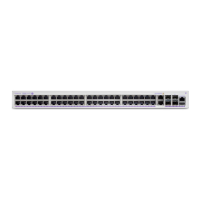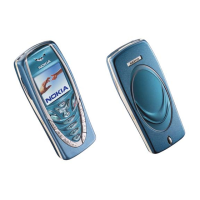Installation Site Assessment
88
7210 SAS-M CHASSIS INSTALLATION GUIDE
3HE 10089 AAAA TQZZA Edition 01 Issue: 07
10.2 Installation Site Type
The site must provide the appropriate environment for the installed equipment. This
usually involves controlling ingress of contaminants and ensuring that humidity
remains as low as possible.
Installations are typically in a hut, parking garage, room, or cabinet. Installation in
data centers or telecom centers do not usually have high pollution levels but could
still have high humidity levels.
10.2.1 Room
Is the room connected to the heating, ventilation, and air conditioning (HVAC) system
of the building? What protection is there to prevent ingress of dust, pollution, and
humidity? To seal the environment properly, ensure that any doors, windows, vents,
holes, or conduits are sealed or gasketed appropriately to ensure that the HVAC
system can control the environment. These must be checked as part of routine site
maintenance.
If outside air is brought in for ventilation, does it pass through a filter? What is the
type and rating of the filter? Filters can help but the type of filter must be appropriate
for the pollutants you are trying to exclude. For example, a standard fiberglass type
air filter only prevents large debris and dirt from entering, but will do nothing to
prevent entry of small particles (such as ASSP), humid air or gaseous contaminants.
It is important to understand the local conditions and consider what type of filtering is
most appropriate. Minimum Efficiency Reporting Value (MERV) charts may serve as
a good source to understand particle sizes and filter options
One simple yet effective way to keep pollutants out is to ensure that positive pressure
is maintained inside the room or cabinet as compared to the outside by having fans
blowing properly filtered air into the room.
Does the site have an air conditioner or dehumidifier? Is the rating and capacity
adequate for the space? Where does the dehumidifier or air conditioner water
drainage go?
Humidity reduction is one of the key elements in corrosion control. Air conditioners
and dehumidifiers are recommended to reduce local relative humidity at the site.
Another method is to keep the temperature in the cabinet high enough to maintain
the relative humidity at less than 50%. Condensate, if allowed to stay in the site or
enclosure, will evaporate over time and lead to higher relative humidity and
corrosion.

